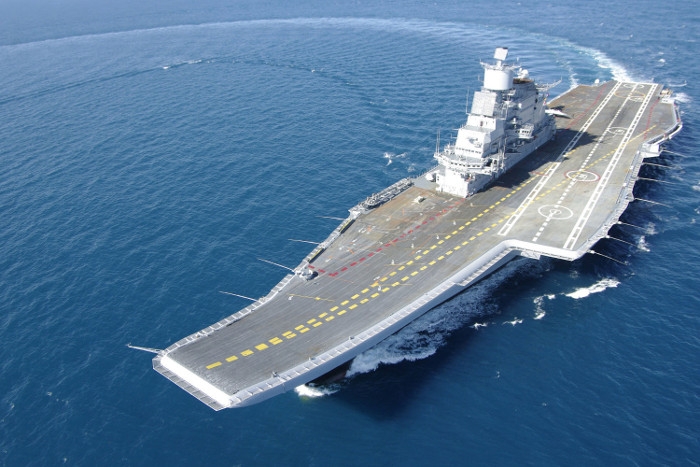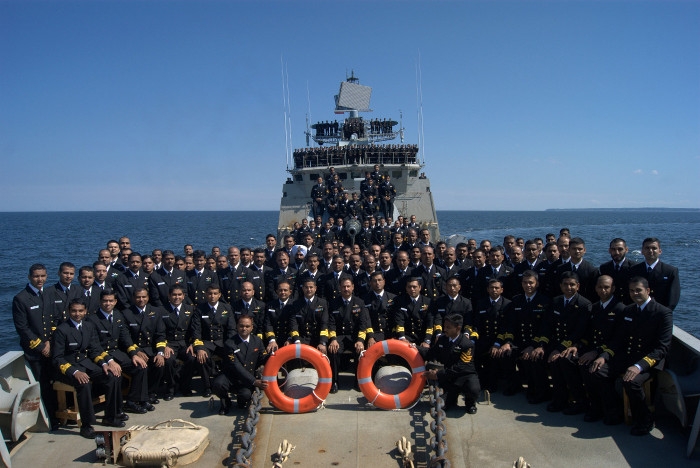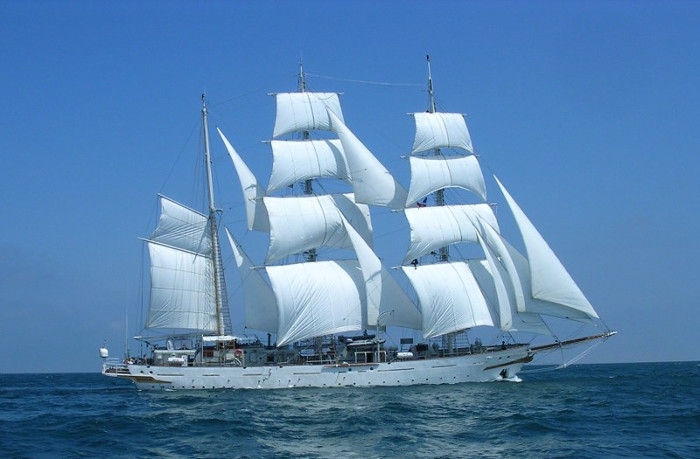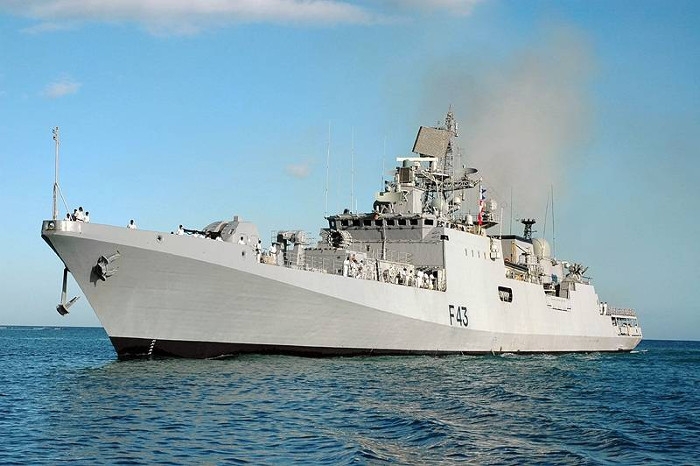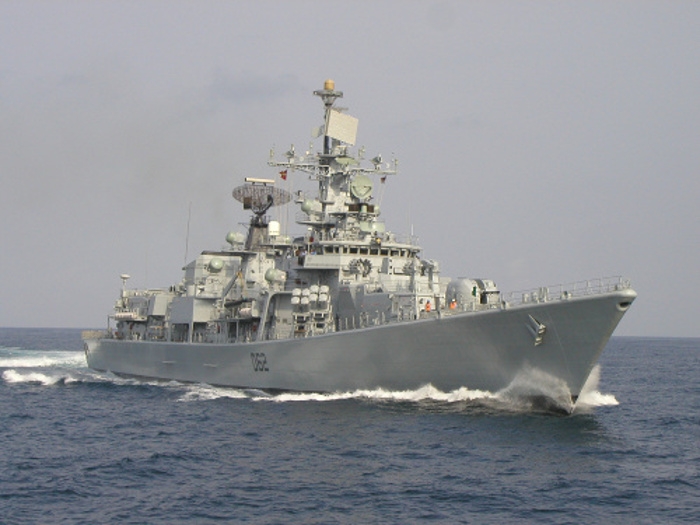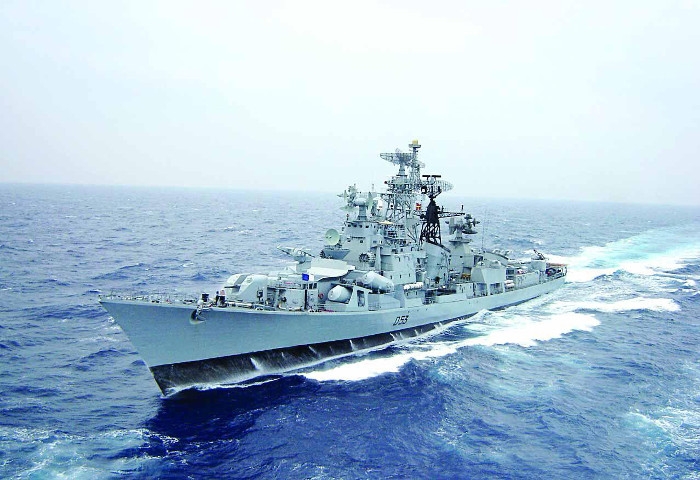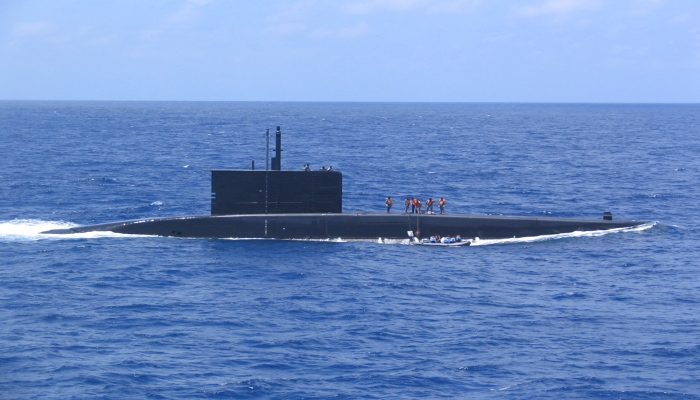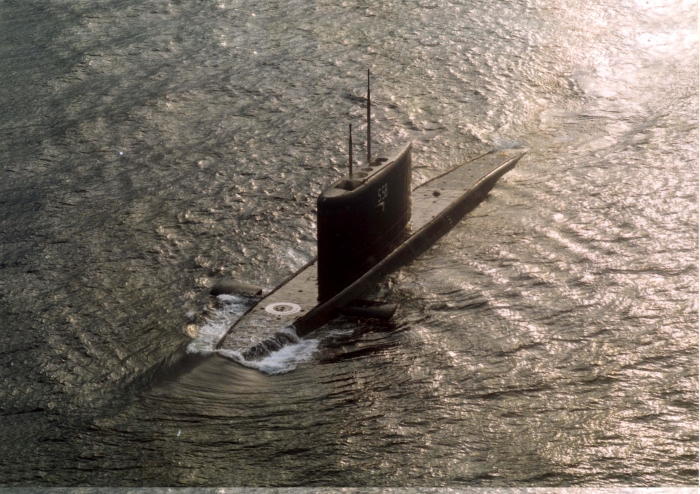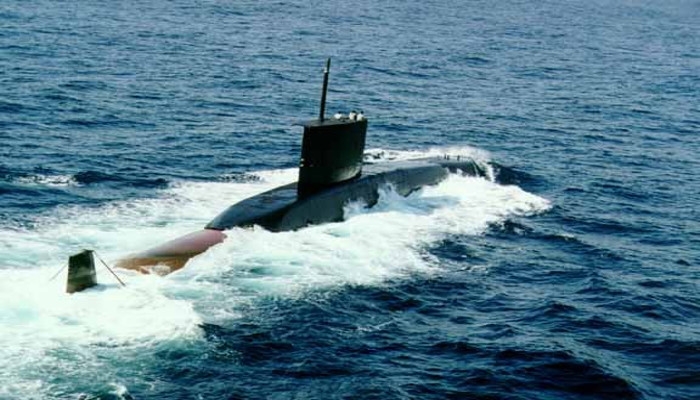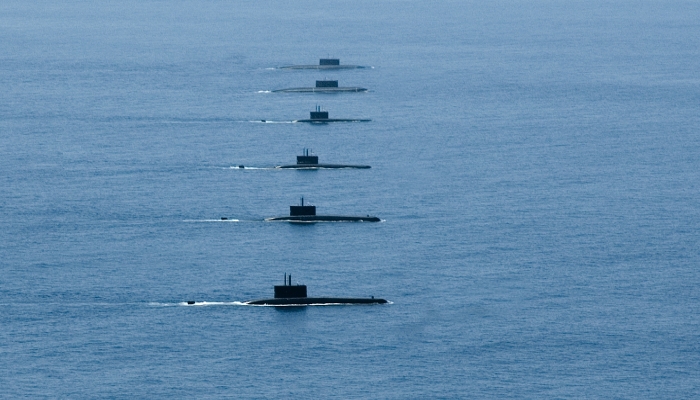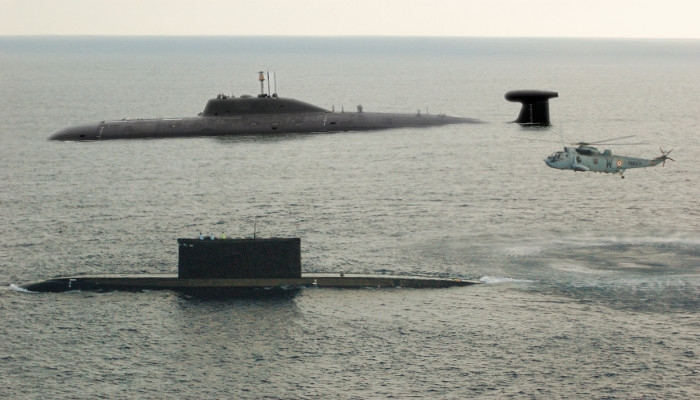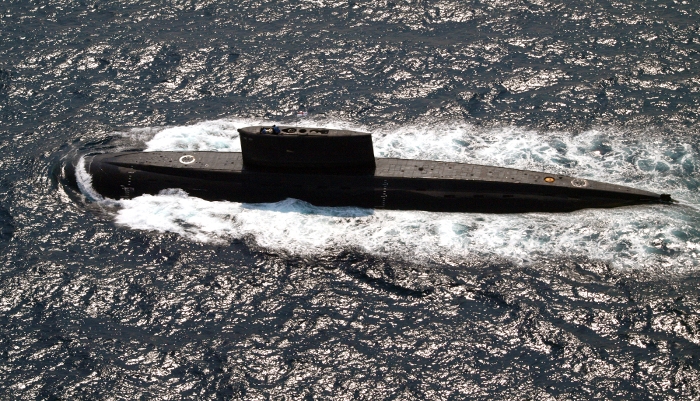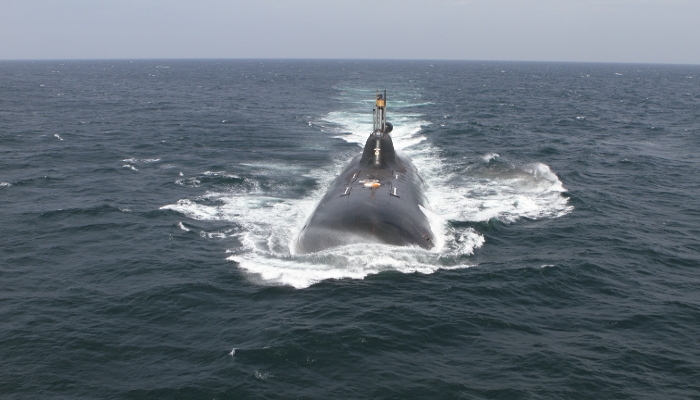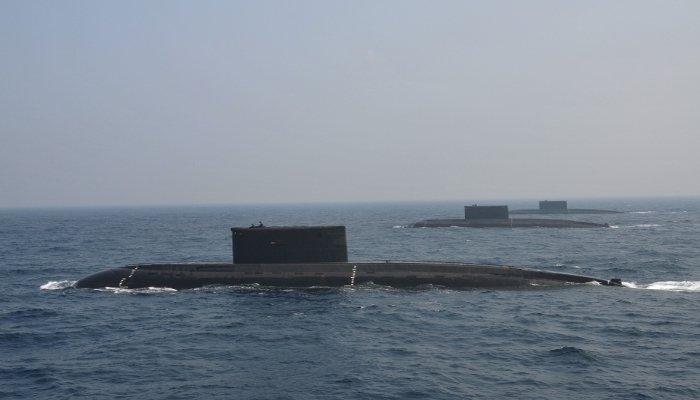Indian Navy
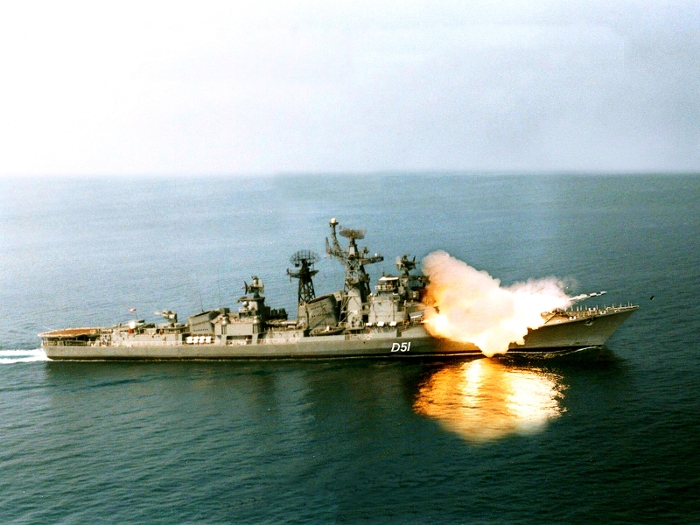
The Indian Navy is the naval branch of the Indian Armed Forces. The President of India is the Supreme Commander of the Indian Navy. The Chief of Naval Staff, a four-star admiral, commands the navy. As a blue-water navy, it operates significantly in the Persian Gulf Region and the Horn of Africa to the Strait of Malacca and routinely conducts anti-piracy operations and partners with other navies in the region. It also conducts routine two to three-month-long deployments in the South and East China seas as well as the western Mediterranean sea simultaneously.
The primary objective of the navy is to safeguard the nation’s maritime borders, and in conjunction with other Armed Forces of the union, act to deter or defeat any threats or aggression against the territory, people, or maritime interests of India, both in war and peace. Through joint exercises, goodwill visits, and humanitarian missions, including disaster relief, the Indian Navy promotes bilateral relations between nations.
As of June 2019, the Indian Navy has 67,252 active and 75,000 reserve personnel in service and has a fleet of 150 ships and submarines and 300 aircraft. As of November 2021, the operational fleet consists of 1 active aircraft carrier and 1 amphibious transport dock, 8 landing ship tanks, 10 destroyers, 13 frigates, 1 ballistic missile submarine, 16 conventionally-powered attack submarines, 24 corvettes, one mine countermeasure vessel, 4 fleet tankers, and numerous other auxiliary vessels, small patrol boats and sophisticated ships. It is considered as a multi-regional power projection blue-water navy.
Indian Navy Heritage
India has a rich maritime heritage and the earliest reference to maritime activities is contained in the Rig Veda. Indian mythology has numerous episodes pertaining to the ocean, the sea and the rivers, with belief that mankind has benefitted from the wealth of seas and ocean. There is plenty of evidence derived from Indian literature, art, sculptures, painting and archeology to establish existence of Indian maritime traditions.

Indian Navy Day
Navy Day in India is celebrated on 4 December every year to recognize the achievements and role of the Indian Navy to the country. 4 December was chosen as on that day in 1971, during Operation Trident, the Indian Navy sank four Pakistani vessels including PNS Khaibar, killing hundreds of Pakistani Navy personnel. On this day, those killed in the Indo-Pakistan War of 1971 are also remembered.


Commands & Organisation
The Indian Navy is a multi-dimensional force that has been organized to safeguard India’s maritime territorial integrity and other maritime interests. It is headed by the Chief of the Naval Staff or the CNS. He is of the rank of Admiral and has his headquarters at New Delhi.

Rank structure
There are nearly limitless opportunities for the ambitious Sailor or Officer, to make a Navy career even more significant. What’s unique about the Navy is that once you’ve embarked on your career, the only way to go from there is up. Joining the Indian Navy is only the first step up the ladder. The Navy offers a professional support system wherein as you spend time in the Navy you will be trained and groomed to rise up the career ladder.



Equipments of Indian Navy
Navy is exposed to handling niche technology. The setup is unique since it involves not only shore-based establishments but also afloat units, which require maintaining connectivity and synchronized operations.





